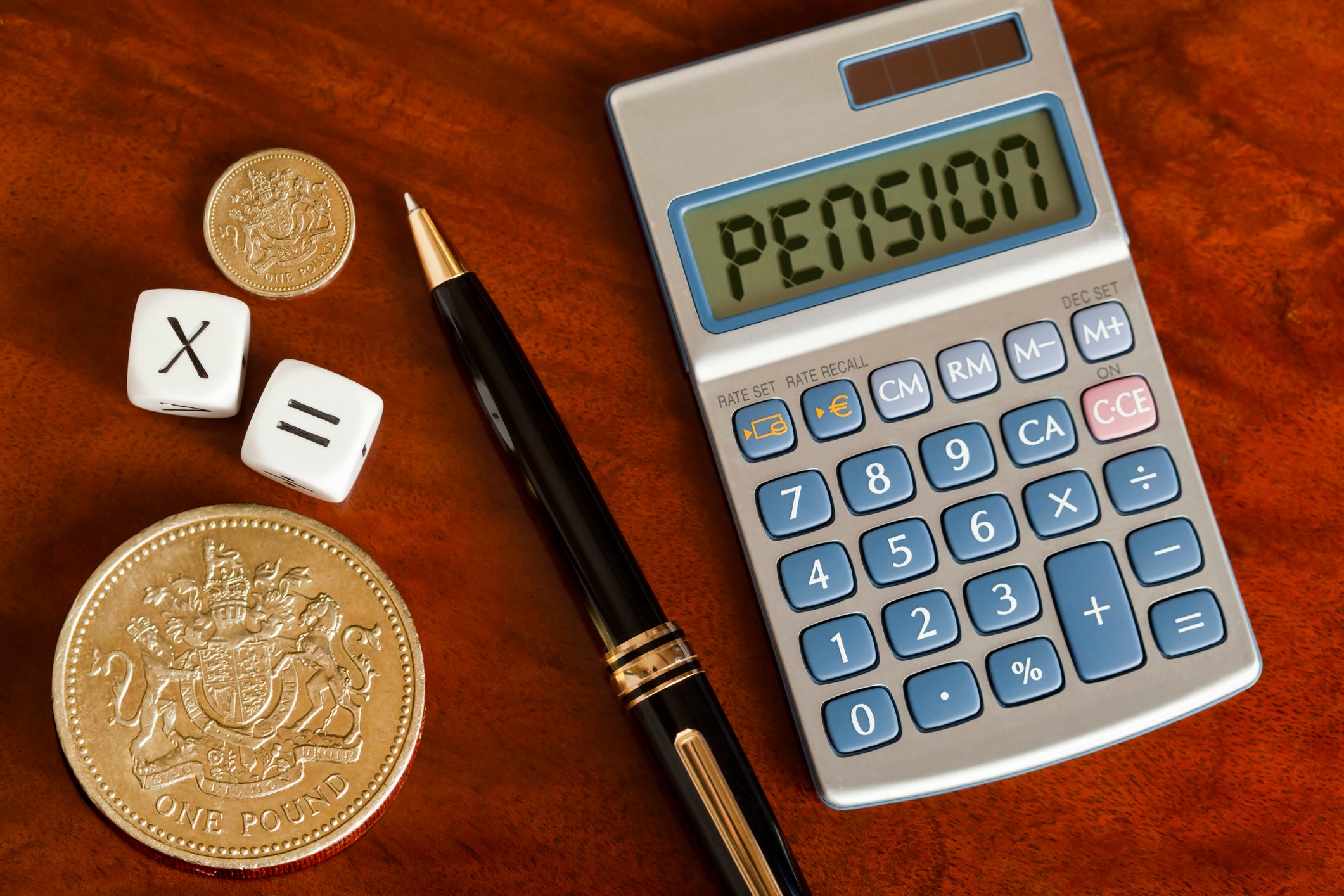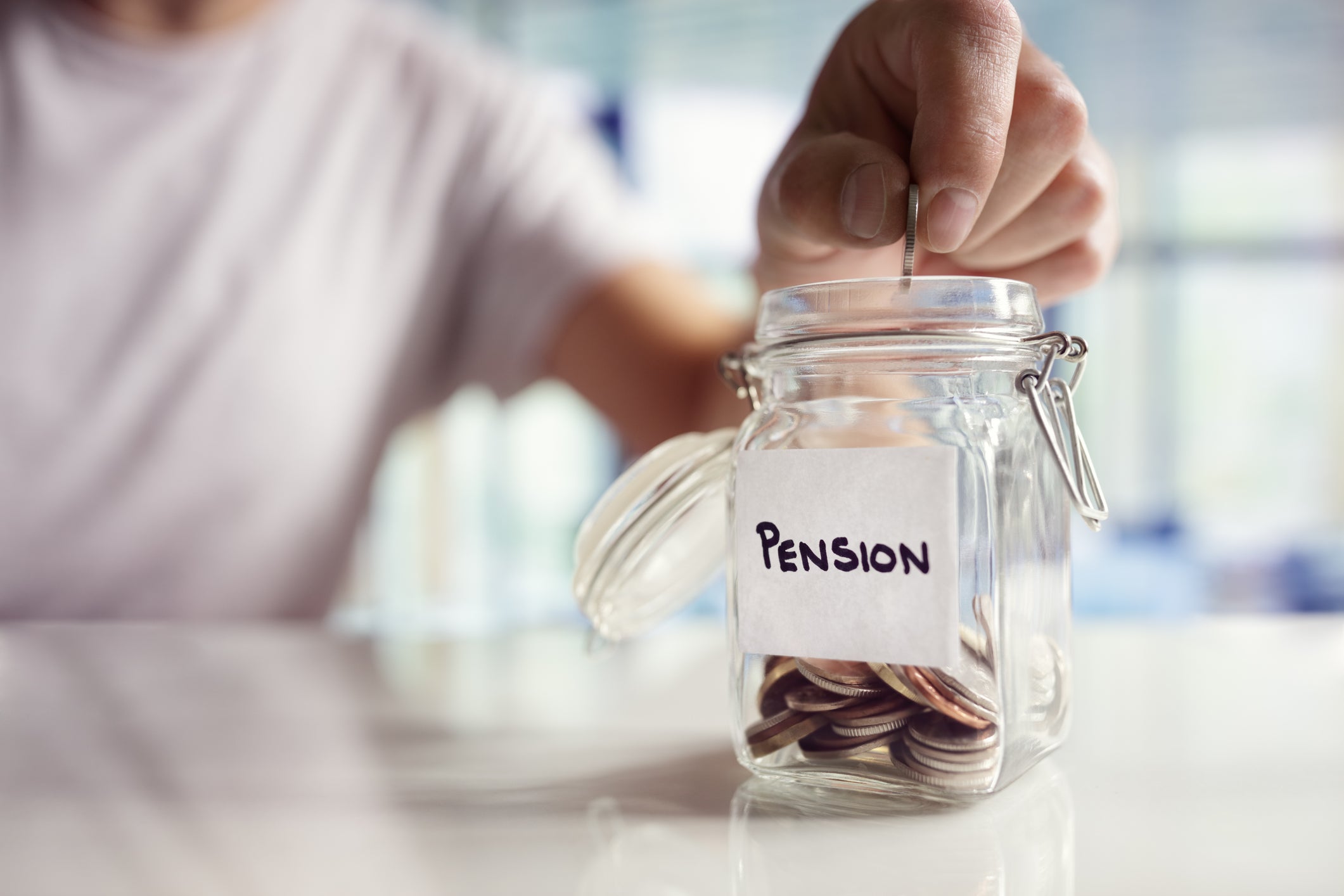If you're self-employed, when was the last time someone talked to you about pensions? Chances are, probably not very recently.
However, research from NEST Insights shows that more than half of self-employed people in the UK - which includes freelancers, sole traders and limited company owners - are on track to experience retirement poverty. This compares to just a quarter of full-time employees.
According to the Pensions and Lifetime Savings Association, the new state pension (£11,973 a year) isn’t enough to meet the minimum standard of living of £13,400 a year for a single person, and only just meets the minimum standard for a couple (£21,600 a year) living outside London.
Why have self-employed people been left behind with pensions?
There has been a dramatic drop in pension saving among the self-employed in the last few decades.
Back in 1998, 60 per cent of self-employed people earning at least £10,000 a year were paying into a private pension. By 2025, that figure had collapsed to just 18 per cent, despite almost 75 per cent of this group saying they want to save for retirement.
Meanwhile, auto-enrolment has consistently boosted pension savings among employees. When it launched in 2012, around 47 per cent of employees were enrolled in workplace pensions. By 2024, that figure had grown to about 80 per cent.
Would auto-enrolment participation be anywhere near 80 per cent if employees had to do it all manually? It seems unlikely.
For the self-employed, there are no monthly contributions quietly being deducted from your earnings before you even notice them. You need to manually save into your pension by transferring money from your bank account, or setting up direct debits.
However, other NEST research has found 57 per cent of self-employed people would prefer putting money into a mix of illiquid savings (funds locked away until retirement) and liquid savings (cash that is easily accessible) when saving for retirement. This type of hybrid account structure isn't currently available within one product.
Small and consistent makes the biggest difference
Self-employed people can still make a difference to their futures, though - without jeopardising their short-term money needs.
For example, £2 invested every day into a private pension could become just under £12,000 after 10 years, about £31,000 after 20 years, and about £62,000 after 30 years (for basic-rate taxpayers).
An additional £60,000 can give you £250 more to live on each month for 20 years, on top of the State Pension (discounting inflation and other economic factors).

The main pension options for self-employed people at present are:
1. SIPP (Self-Invested Personal Pension) - This is a DIY pension that gives you access to a wide choice of shares, funds and ETFs. You get 20 per cent tax relief on contributions as a basic rate payer.
2. Managed or personal pension - If managing your own investments sounds like a chore, go for a provider that does it for you. These pensions, which are usually marketed as ‘personal’ or ‘managed’ pensions, adjust your portfolio based on market conditions and other macroeconomic factors.
It’s a great ‘set-it-and-forget-it option’ for busy freelancers and small business owners. You get the same tax relief as with SIPPs and can often choose your personal risk tolerance level.
3. Lifetime ISA (LISA) - If you're under 40, opening a LISA is an option. This includes a 25 per cent government bonus on top of every contribution you make until you turn 50. That means there’s up to £1,000 up for grabs each year with a maximum contribution of £4,000.
Unlike a pension, LISA withdrawals after age 60 are tax-free but there are factors to be aware of including withdrawal penalties. For a more detailed LISA vs personal pension comparison, read here.
4. Paying through your limited company - If you run a limited company, you can make pension contributions directly from your business as an allowable expense, which can reduce your corporation tax bill. This is often the most tax-efficient way for company directors to save for a pension, especially if you pay yourself with dividends.
Expert pensions tips for the self-employed
Sarah Pennells, consumer finance specialist at Royal London, has four key tips.
Firstly, treat your pension contributions as a must-pay. “Set aside a regular sum every month to pay into a pension. If it helps to motivate you, treat the money you pay into your pension like any other bill,” Ms Pennells says.

It’s also important to understand the tax benefits, especially if you’re a higher-rate taxpayer: “If you run a limited company, making pension contributions through the limited company will reduce your company’s taxable profits.”
You also don’t have to stop with monthly payments - bulk dropping a bonus can supercharge your pension. “If regular saving is tough, aim to make one-off contributions after higher-earning periods, such as at the end of a project, or as you’re approaching the end of the tax year,” she adds.
Finally, do set a clear retirement goal. “Knowing what you want your retirement to look like makes it easier to plan. Use online pension calculators to check if you’re on track- it can help keep you motivated. The key question to ask yourself is: what will you live on when you retire if you don’t have a pension?”
When investing, your capital is at risk and you may get back less than invested. Past performance doesn’t guarantee future results.
Lifetime ISA vs personal pension: Which is better for higher retirement income?
Wealth Check: Property and pensions provide the two big lessons for
Martin Lewis urges a million pensioners to claim benefit worth at least £3,800
Business news live: Pensions shakeup and FTSE 100 to open near record levels
Biggest July dip in average asking price for a home ‘in at least 20 years’
One in seven women ‘have had their finances controlled in recent months’







